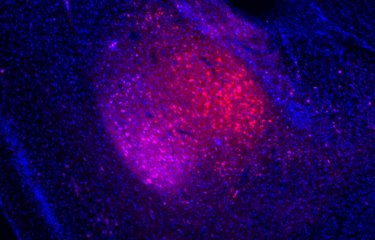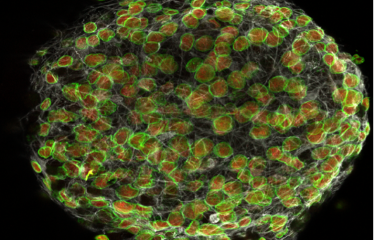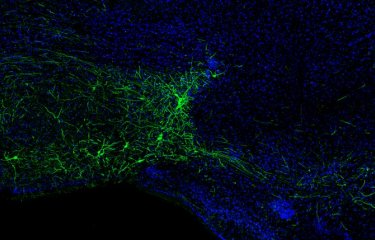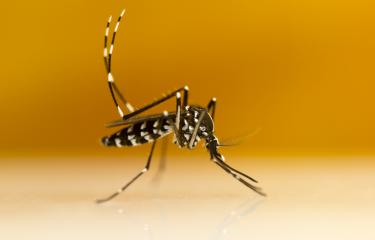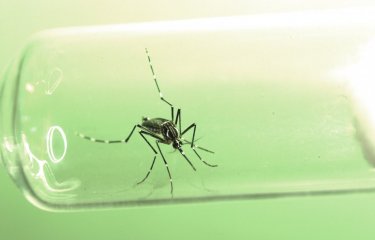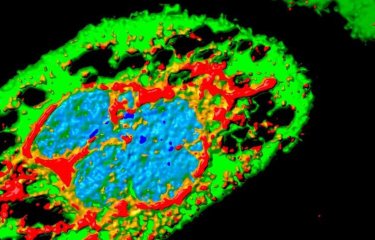Using data collected in French Polynesia, researchers from the Institut Pasteur, the CNAM (Conservatoire national des arts et métiers), the Institut Louis Malardé, the French Polynesia Hospital Centre, and the Public Hospitals of Paris (AP-HP), have shown that infection by the Zika Virus (ZIKV) increases the likelihood of contracting Guillain-Barré Syndrome (GBS), a severe form of limb paralysis that is often accompanied by respiratory impairment. (1) GBS has been observed in countries where the Zika epidemic is prolific. The research is published today in The Lancet. (2)
Since it was first isolated in a Ugandan primate in 1947, the Zika virus has managed to remain a mystery to the scientific and medical community. The first known epidemic, on the island of Yap, Micronesia, in 2007, led to the belief that the infection was more or less benign - most infected persons did not develop any symptoms at all, and those who did become ill usually experienced just a few transient days of fever, skin rash, and conjunctivitis.
However, in 2013-2014, a Zika virus epidemic in French Polynesia was accompanied by a noticeable increase in the number of cases of Guillain-Barré Syndrome; a severe form of limb paralysis that is often accompanied by respiratory impairment requiring intensive care. At that time it was not possible to determine a definitive causal link between the Zika virus and the increase in cases of Guillain-Barré Syndrome. More recently, the Zika virus has re-emerged and continues to spread across Latin America, where a number of countries have issued public health alerts around the increase in the number of cases of Guillain-Barré Syndrome in addition to infants born with microcephaly, the latter for which a causal link between via Zika virus infection during pregnancy is still under investigation.
Multidisciplinary research, conducted by clinicians, epidemiologists, virologists and immunologists and led by Professor Arnaud Fontanet (Institut Pasteur / Cnam), Head of the Emerging Diseases Epidemiology Unit, has enabled the virology teams of the Institut Louis Malardé to confirm a recent Zika virus infection in each one of the patients experiencing Guillain-Barré Syndrome at the time of the French Polynesian epidemic.

Arnaud Fontanet, Head of the Emerging Diseases Epidemiology Unit at the Institut Pasteur
This work is significant because it allows for the confirmation of the role of Zika virus infection in the occurrences of the severe neurological complications that constitute Guillain-Barré Syndrome.
This indicates that the regions which are affected by the Zika virus epidemic are likely to see a significant increase in the number of patients with serious neurological complications, and when possible, should increase the capacity of health-care facilities to receive patients needing intensive care.
Further tests done at the French Polynesia Hospital Centre with the support of teams from the hospital la Pitié-Salpêtrière, AP-HP demonstrated that each patient had a form of the illness causing acute motor axonal nerve damage. This form of Guillain-Barré Syndrome is different from that which is most commonly seen in Europe. For 16 (38 per cent) of patients, a period of time in intensive care was necessary, often to provide respiratory assistance during the acute phase of the illness. Once the peak of the illness had passed, patients recovered fairly quickly, with approximately half of them being able to walk without assistance three months later. Overall, the risk of developing Guillain-Barré Syndrome was estimated at 2.4 for every 10,000 persons infected by Zika virus; this was derived by including the knowledge that around two-thirds of the population of French Polynesia were infected during the epidemic period in 2013-2014.
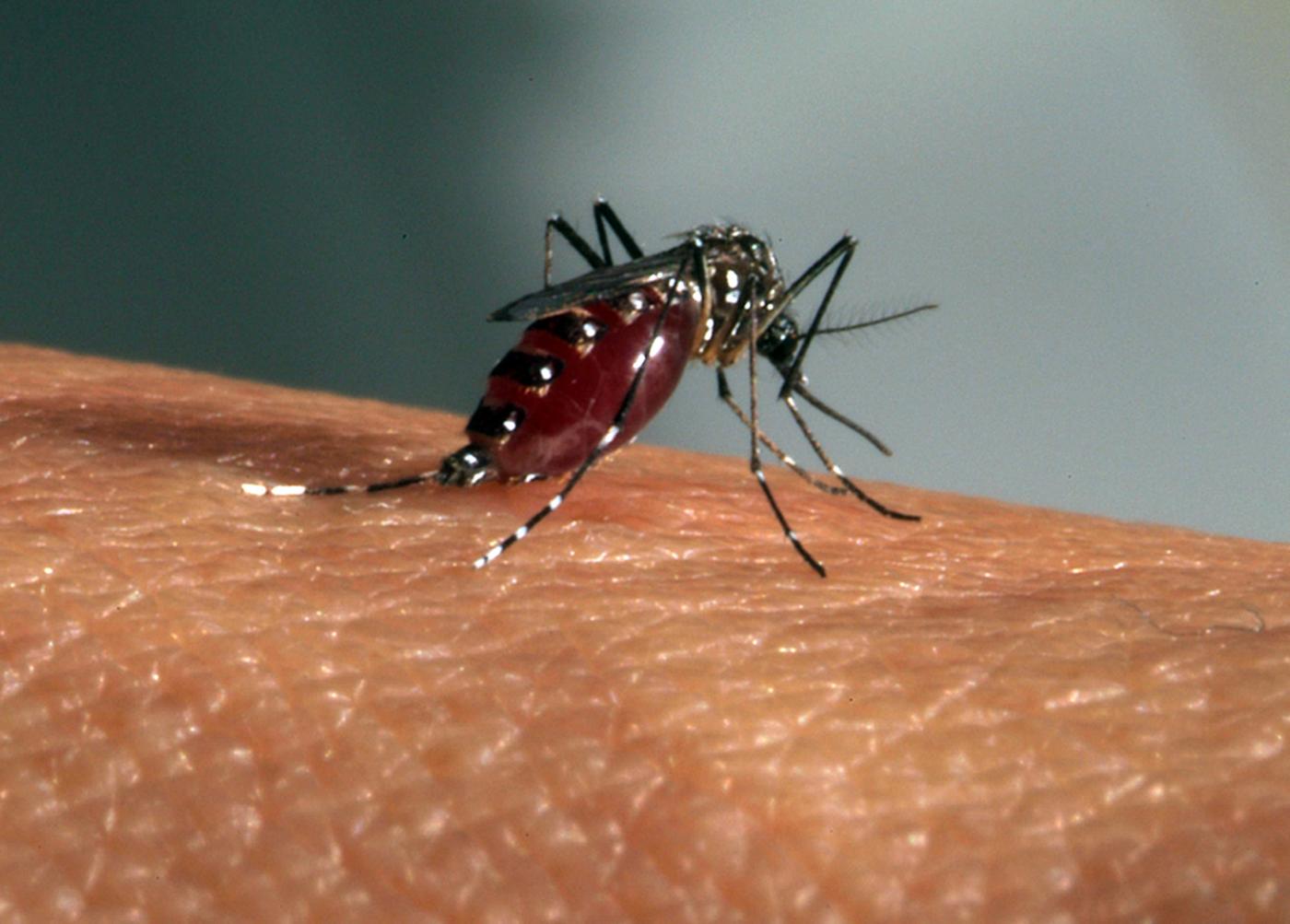
To learn more, read the Zika fact sheet.
Notes to Editor
1. The research was co-financed by the institutions mentioned above and by LabEx IBEID, the 7th European Framework Programme, and the Wellcome Trust.
2. Guillain-Barré Syndrome outbreak caused by ZIKA virus infection in French Polynesia, The Lancet, February 29, 2016
Cao-Lormeau VM*1, Blake A*2, Mons S3, Lastere S4, Roche C1, Vanhomwegen J5,6, Dub T2, Baudouin L3, Teissier A1, Larre P7, Vial AL8, Decam C9, Choumet V6, Halstead SK10, Prof Willison HJ10, Musset L11, Manuguerra JC5,6, Prof Despres P12, Prof Fournier E13, Mallet HP8, Musso D1, Prof Fontanet A2,14,15* (corresponding author), Neil J11*, Ghawché F7*
* These authors had equal contributions.
1 Unit of Emerging Infectious Diseases, Institut Louis Malardé, Papeete, Tahiti, French Polynesia
2 Institut Pasteur, Emerging Diseases Epidemiology Unit, Paris, France.
3 Service de réanimation polyvalente, Centre Hospitalier de Polynésie française, Tahiti, French Polynesia
4 Clinical laboratory, Centre Hospitalier de Polynésie française, Tahiti, French Polynesia
5 Institut Pasteur, Laboratory for Urgent Responses to Biological Threats, Paris, France
6 Unit Environment and Infectious Risks, Institut Pasteur, Paris, France.
7 Service de neurologie, Centre Hospitalier de Polynésie française, 98713 Papeete, Tahiti, Polynésie française.
8 Direction de la santé, Bureau de Veille Sanitaire, Papeete, French Polynesia.
9 Service de santé des forces armées, French Polynesia
10 Institute of Infection, Immunity and Inflammation, College of Medical, Veterinary and Life Sciences, University of Glasgow, UK
11 Department of Immunology, Laboratory of Immunochemistry & Autoimmunity, Pitié-Salpêtrière Hospital (AP-HP), Paris, France.
12 UMR 134 PIMIT, University of Reunion island, INSERM U1187, CNRS 9192, IRD 249, La Reunion, 97491, France
13 Département de Neurophysiologie, Pitié-Salpêtrière Hospital (AP-HP), Paris, France
14 Conservatoire National des Arts et Métiers, Paris, France
15 Institut Pasteur, Centre for Global Health Research and Education, Paris, France




